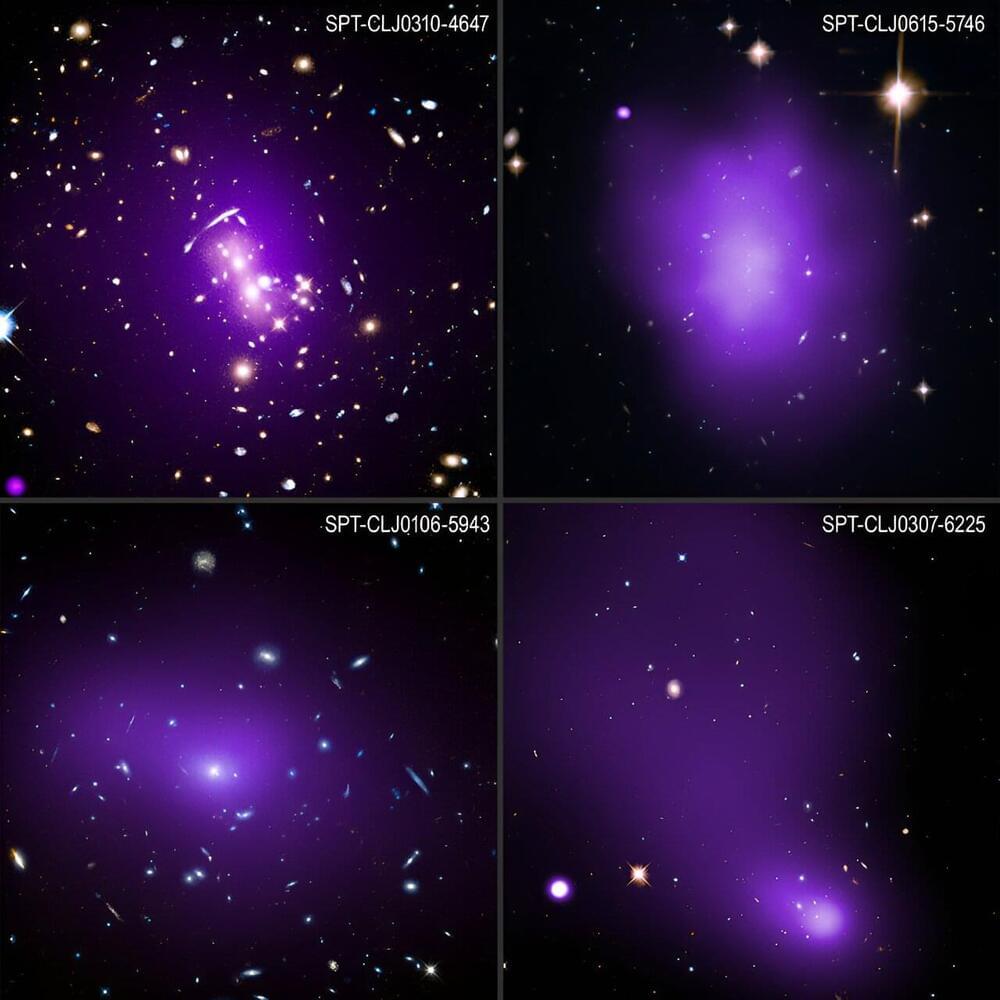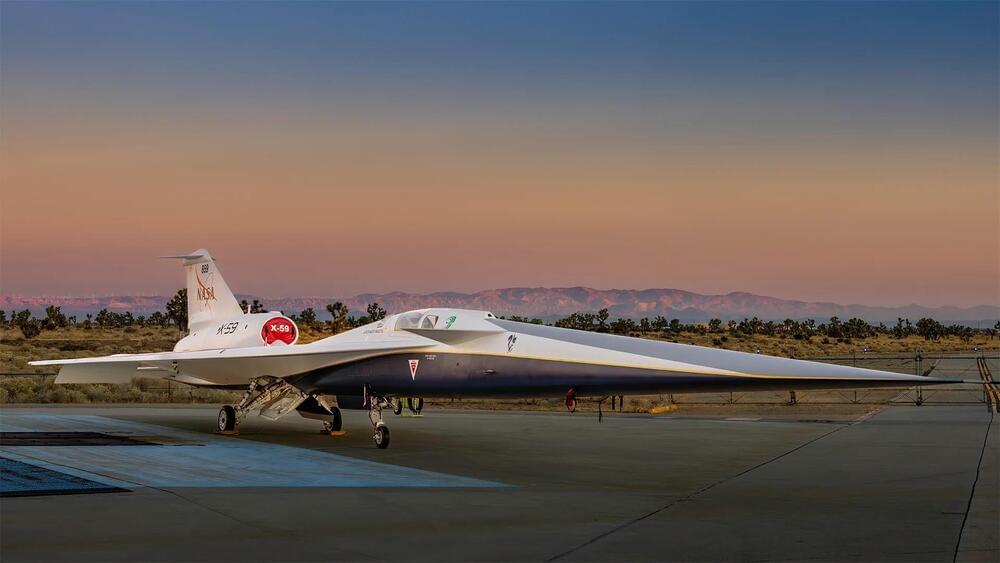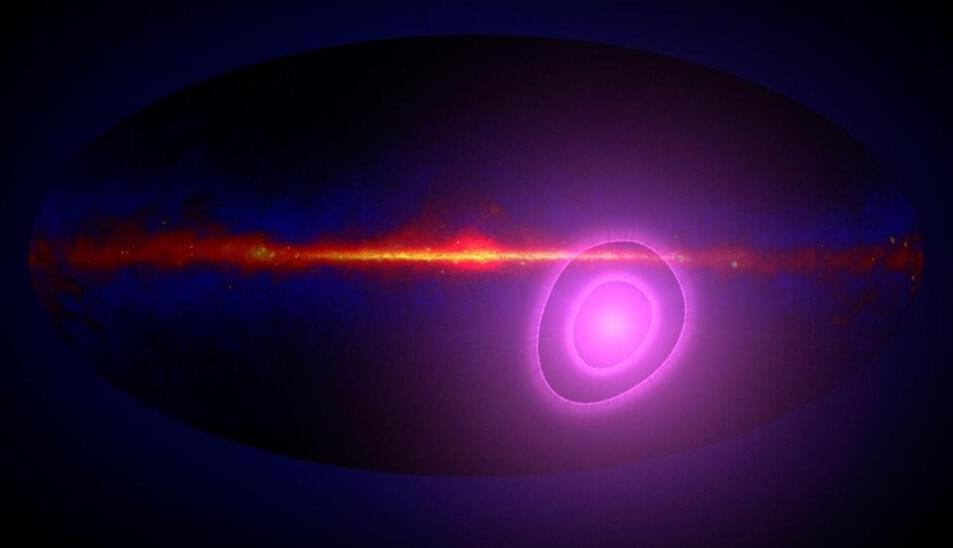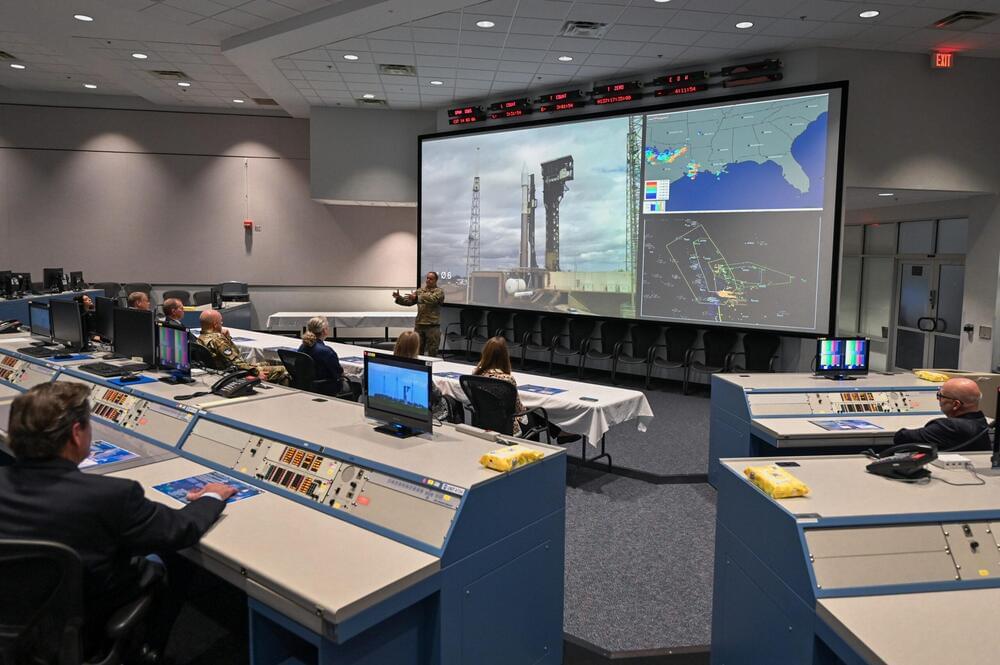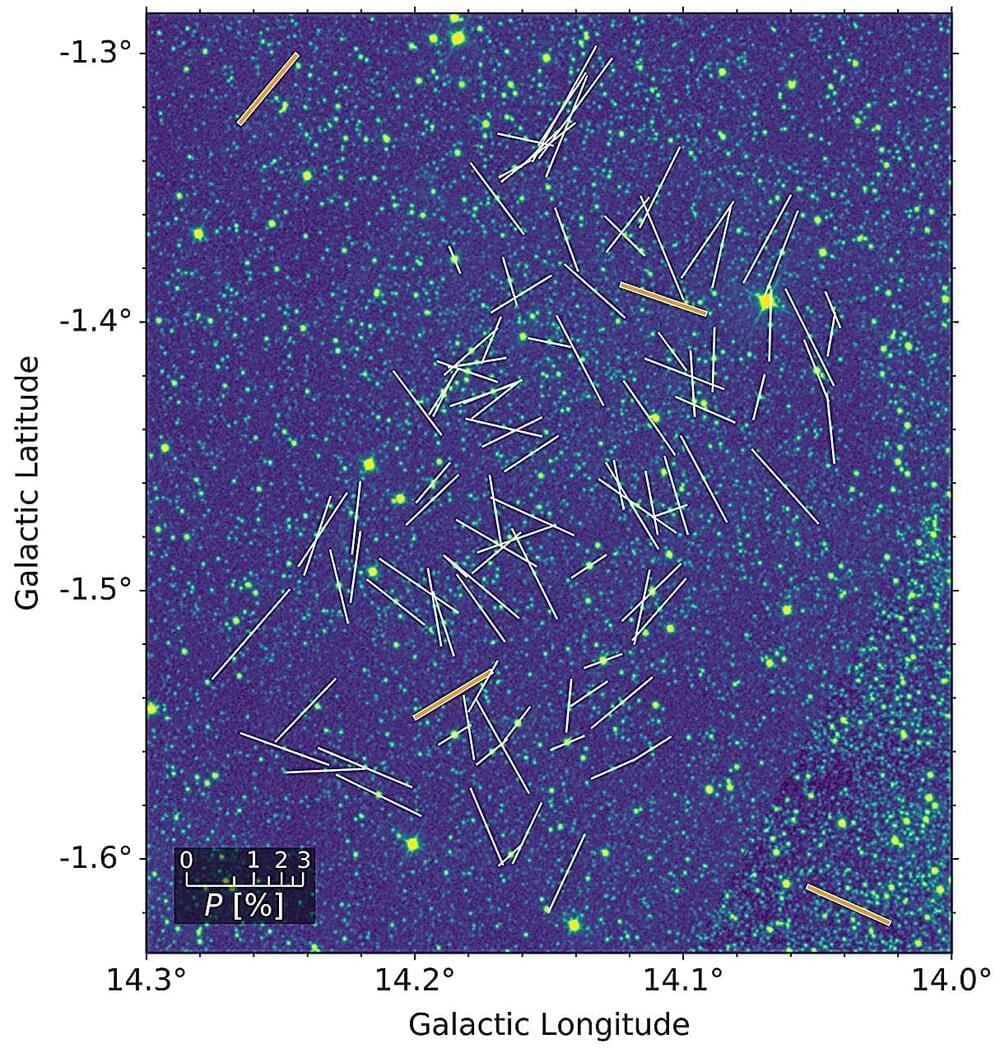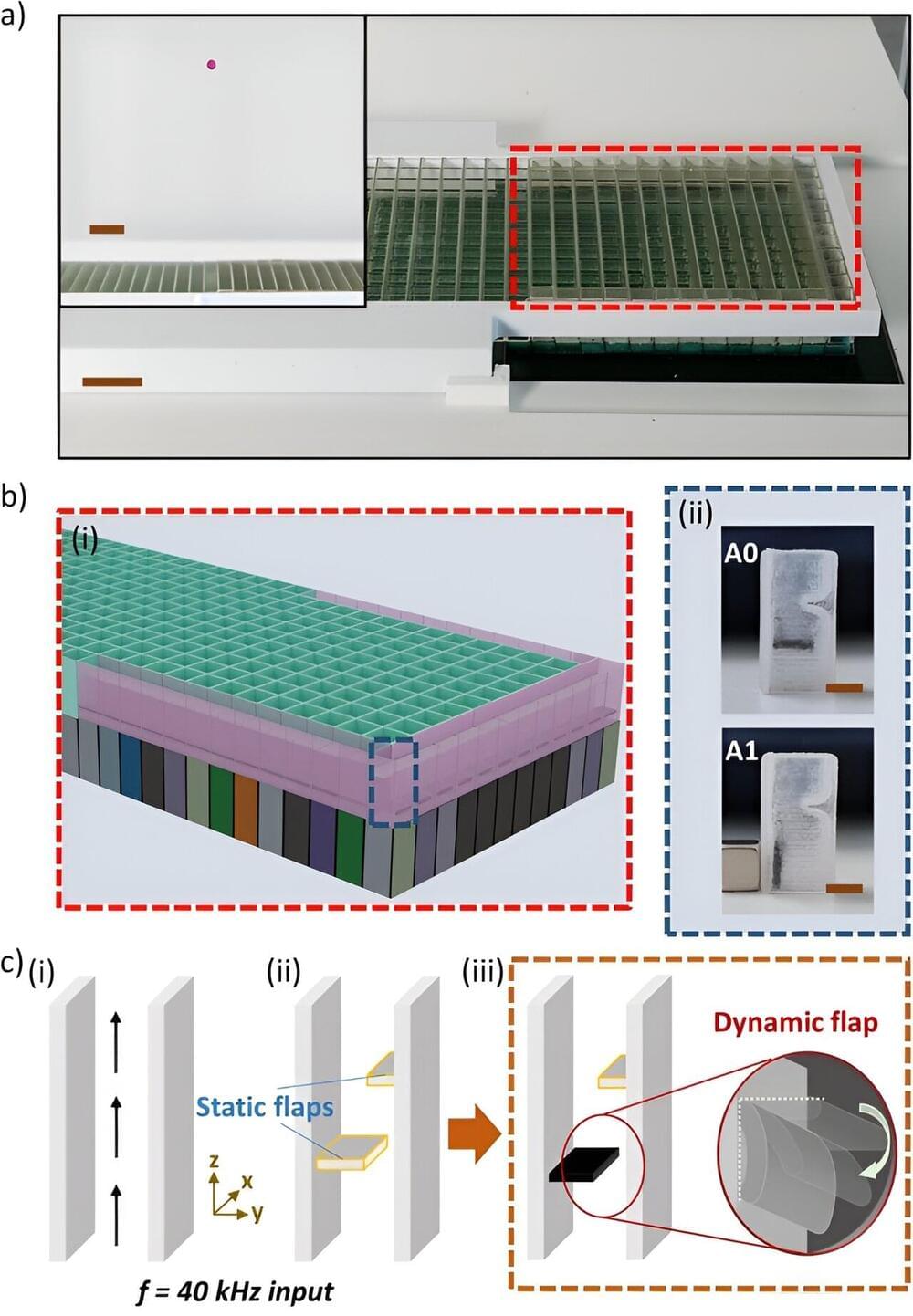Jan 13, 2024
Unprecedented Discovery: Strange “Blob-Like” Origin of Mysterious Record-Breaking Radio Bursts
Posted by Saúl Morales Rodriguéz in category: space
Now, astronomers led by Northwestern University have pinpointed the extraordinary object’s birthplace — and it’s rather curious, indeed.
Using images from NASA ’s Hubble Space Telescope, the researchers traced the FRB back to not one galaxy but a group of at least seven galaxies. The galaxies in the collection appear to be interacting with one another — perhaps even on the path to a potential merger. Such groups of galaxies are rare and possibly led to conditions that triggered the FRB.
The unexpected finding might challenge scientific models of how FRBs are produced and what produces them.


